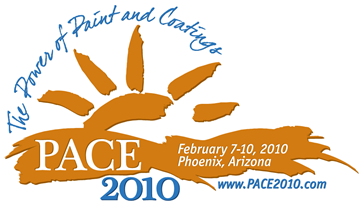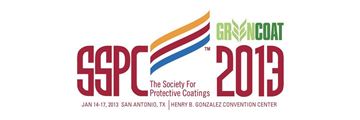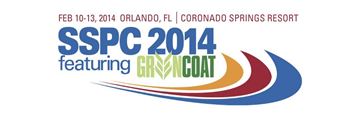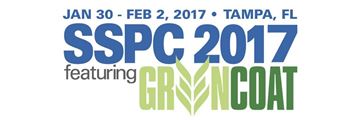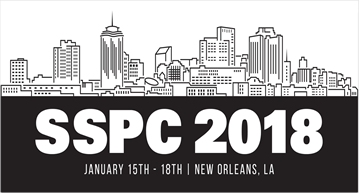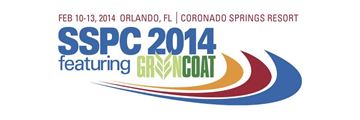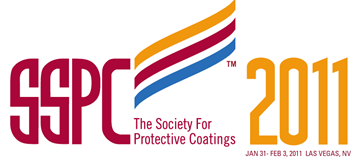Search
Products tagged with 'safety'
View as
Sort by
Display
per page
Regulatory Update: Current and Emerging Trends in Occupational and Environmental Health
Product Number:
41210-542-SG
Publication Date:
2010
$20.00
Regulatory Update: Current and Emerging Trends in Occupational and Environmental Health
Product Number:
41213-757-SG
Publication Date:
2013
$20.00
Regulatory Update: Current and Emerging Trends in Occupational and Environmental Health
Product Number:
41214-828-SG
Publication Date:
2014
$20.00
Regulatory Update: New and Revised Regulations and Actions Effecting the Coatings Industry
Product Number:
51219-198-SG
Publication Date:
2019
$20.00
Respirable Crystalline Silica, It’s History, Disease and Osha’s New Standards: Understanding the New Regulations
Product Number:
51217-041-SG
Publication Date:
2017
$20.00
Respirators - What's Needed for an OSHA Respirator Program
Product Number:
51218-098-SG
Publication Date:
2018
$20.00
RP0286-1986, The Electrical Isolation of Cathodically Protected Pipelines
Product Number:
53060-HD1986
ISBN:
1-57590-041-6
Publication Date:
1986
$179.00
Rules of Removal: Chemical Paint Stripping and Historic Masonry
Product Number:
41214-839-SG
Publication Date:
2014
$20.00
Safety Considerations for Suspended Scaffold Access: Three Key Considerations when you are Developing Your Access Safety Plan
Product Number:
41211-641-SG
Publication Date:
2011
$20.00
SP0210-2010 (Spanish), Evaluación directa para confirmar la corrosión exterior de tuberías
Product Number:
21179-SG
ISBN:
1-57590-240-0
Publication Date:
2010
$179.00
SSPC- SP 6/NACE No. 3-2006, Commercial Blast Cleaning
Product Number:
21067-SG
ISBN:
1-57590-109-9
Publication Date:
2006
$109.00
SSPC-SP 14/NACE No. 8-2006, Industrial Blast Cleaning
Product Number:
21088-SG
ISBN:
1-57590-077-7
$109.00

